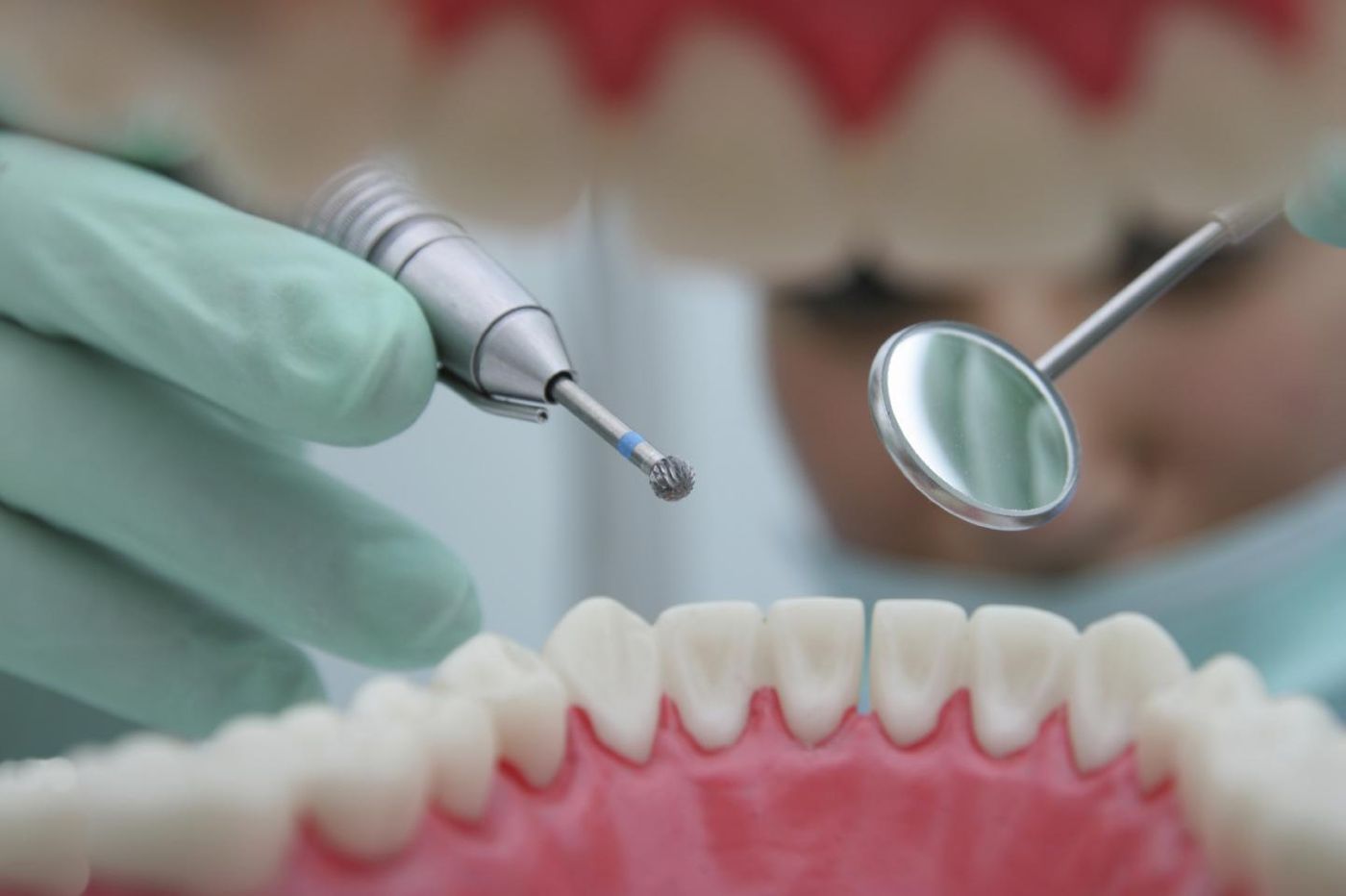Study Finds "No-Drill" Dentistry Stops Tooth Decay
Many of us dread going to the dentist, fearing we might have to endure the painful drilling and filling that comes with tooth decay and cavities. However, a new study shows the “fill and drill” approach may not be necessary when dealing with tooth decay.
Australian researchers wanted to know whether using the Caries Management System (CMS), instead of the “fill and drill” technique, would reduce tooth decay risk and the need for restorative care. They conducted a seven-year study in which they tracked the use of the CMS at private general dental practices. They found that preventative oral care reduced the need for fillings by 30 to 50 percent. Great Hill Dental is one of the dental practices that uses no-drill fillings and Dr. Shapiro agrees with what the study found out.

The CMS treatment includes four protocols. Dentists should apply high concentration fluoride varnish to early decay. Dentists should teach their patients proper oral hygiene and, in turn, patients should pay attention to their tooth brushing at home. Patients should restrict snacks between meals and beverages that contain added sugar. Lastly, the CMS requires risk-specific monitoring.
Tooth decay has varying rates of progression, slowing down, and remineralization (healing). The data shows that tooth decay can be slowed down, reversed, and prevented without drilling and filling. Thus, fillings are often not required cases of dental decay. It's unnecessary for patients to have them, said lead study author Wendell Evans. Dentists could reduce over-treatment of tooth decay if they decide to not surgically intervene unless there is a cavity.
?
"This research signals the need for a major shift in the way tooth decay is managed by dentists,” Evans said. The surgical approach has been the prevailing method of handling tooth decay since the 1960s, despite the overwhelming research in tooth decay prevention and treatment. A half-decade of research shows that tooth decay develops more slowly than previously believed. For instance, it takes four to eight years on average for tooth decay to advance from the tooth’s outer layer to the inner layer. "That is plenty of time for the decay to be detected and treated before it becomes a cavity and requires a filling,” Evans said. The medical field needs to focus on a biological approach to tooth decay treatment that focuses on what causes it and how to control it.
The study was published on December 6 in the journal Community Dentistry and Oral Epidemiology.
Source: Journal study, press release via University of Sydney








